Have you ever wondered why your yellow squash sometimes has a surprising green interior? This phenomenon may leave you scratching your head, but fear not! In this article, we will uncover the mystery behind why your seemingly ripe yellow squash can have a vibrant green flesh hiding within. By understanding the reasons behind this unexpected color change, you’ll be equipped with knowledge to appreciate and utilize your yellow squash in new and exciting ways. Let’s dive into the fascinating world of yellow squash and explore why it occasionally defies its own name.
Possible Reasons for Green Inside Yellow Squash
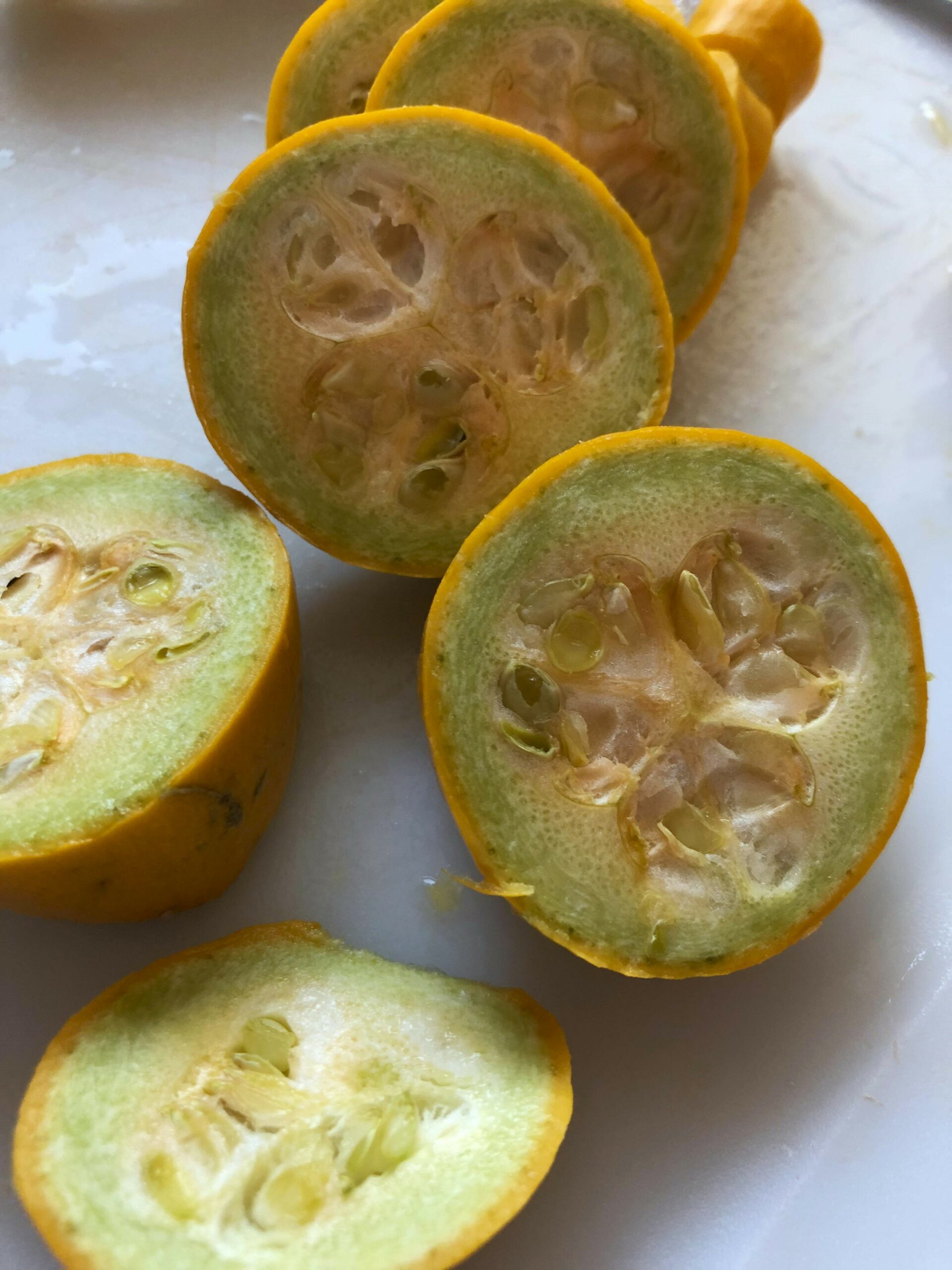
Varietal Characteristics of Yellow Squash
Yellow squash, also known as summer squash, comes in various types and each has its own unique characteristics. Some common types include straight-neck, crookneck, and pattypan squash. These different varieties exhibit natural variations in color, which can range from pale yellow to vibrant golden hues. It’s important to note that some yellow squash varieties may have green streaks or spots on the inside, even when fully ripe.
Immature or Underripe Squash
One possible reason for green inside yellow squash is that it may simply be immature or underripe. Immature squash has not reached its optimal stage of ripeness and may still exhibit green coloring on the inside. This can affect both the taste and texture of the squash, resulting in a less sweet and slightly firmer flesh. Allowing the squash to fully ripen before harvesting can help prevent it from having a green interior.
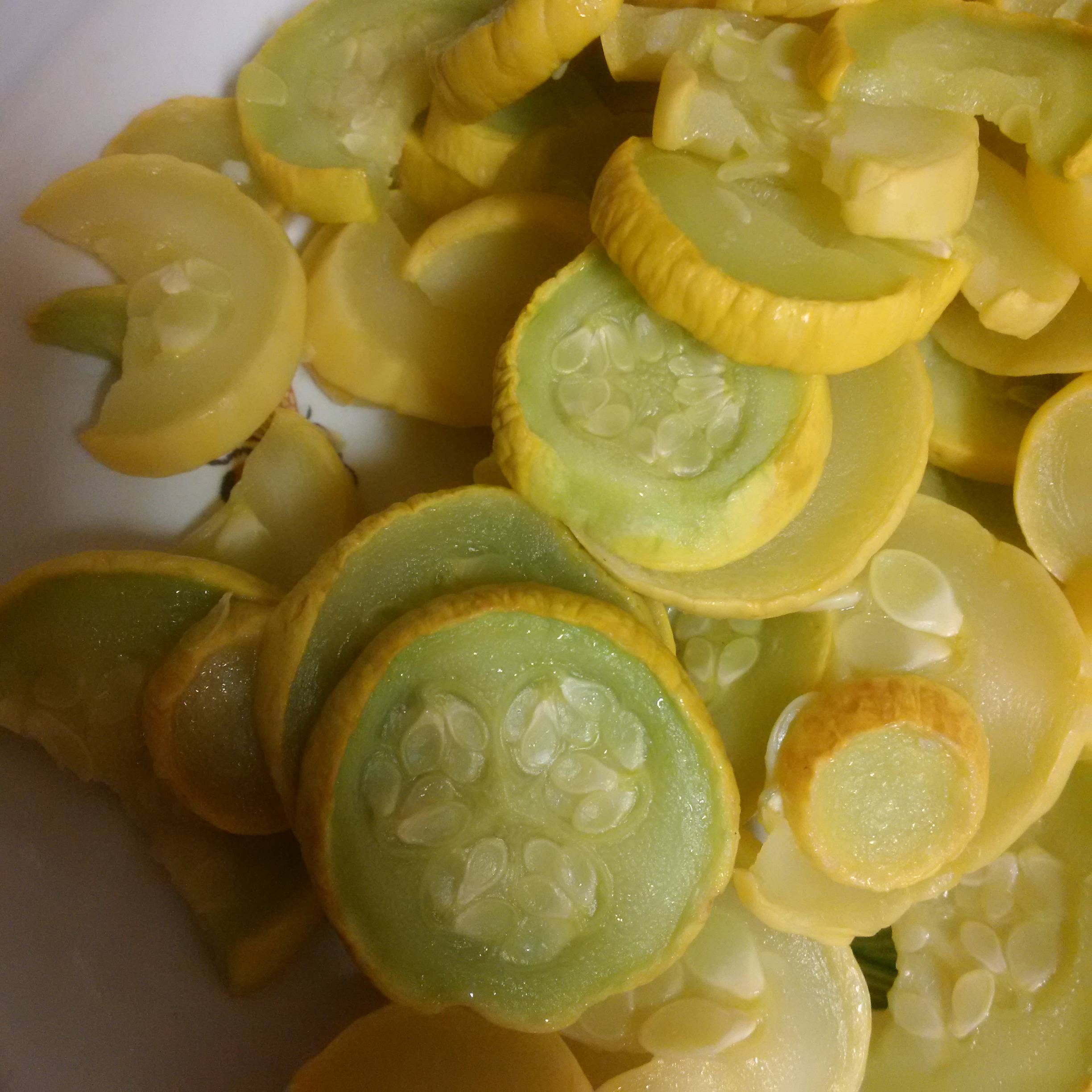
Stressed Plants
Stress can have a significant impact on the development of yellow squash, potentially leading to green coloring on the inside. Common causes of plant stress include inadequate watering, extreme temperatures, insufficient sunlight, poor soil nutrition, and overcrowding. Stressed plants may not develop properly, resulting in irregularities in coloration. To avoid this, it’s important to provide optimal growing conditions for your squash plants, including adequate water, proper sunlight exposure, nutrient-rich soil, and appropriate spacing.
Genetic Mutation
Occasionally, genetic mutations can occur in yellow squash, leading to variations in coloration. While rare, these mutations can result in squash with green interiors. Genetic mutations can also affect other visible traits, such as the shape or size of the squash. These occurrences are natural and not harmful, but they may be surprising when encountered in homegrown or store-bought squash.
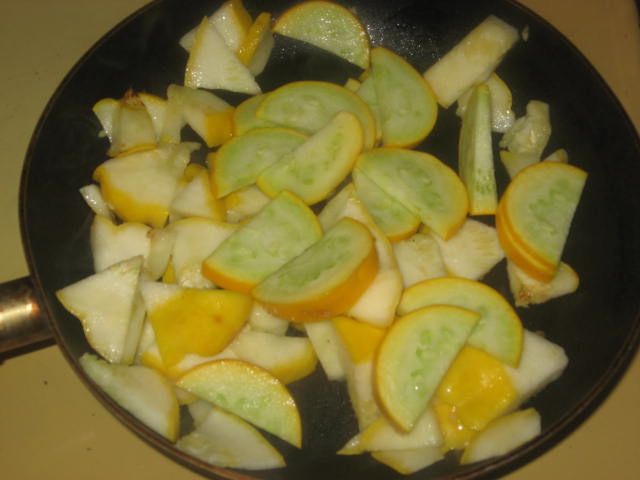
Environmental Factors
Environmental factors play a crucial role in the color development of yellow squash. Temperature, sunlight exposure, soil nutrition, and water availability can all influence the squash’s coloring. Cooler temperatures during the growing season or fluctuations in temperature can lead to green pigmentation inside the squash. Insufficient sunlight can also affect the production of pigments, resulting in green-colored flesh. Additionally, inadequate soil nutrition or imbalances in nutrients may lead to variations in color. Ensuring optimal growing conditions can help minimize these effects.
Insect Infestation
Insects can cause damage to squash plants, resulting in green discoloration inside the squash. Common pests that affect squash include squash bugs, cucumber beetles, and aphids. These pests feed on the plants, disrupting their normal development and causing them to produce irregularly colored fruit. Insect damage can lead to green streaks or patches inside the squash. Implementing preventive measures, such as regular inspection and appropriate pest control methods, can help minimize the chances of insect infestation and prevent green discoloration.
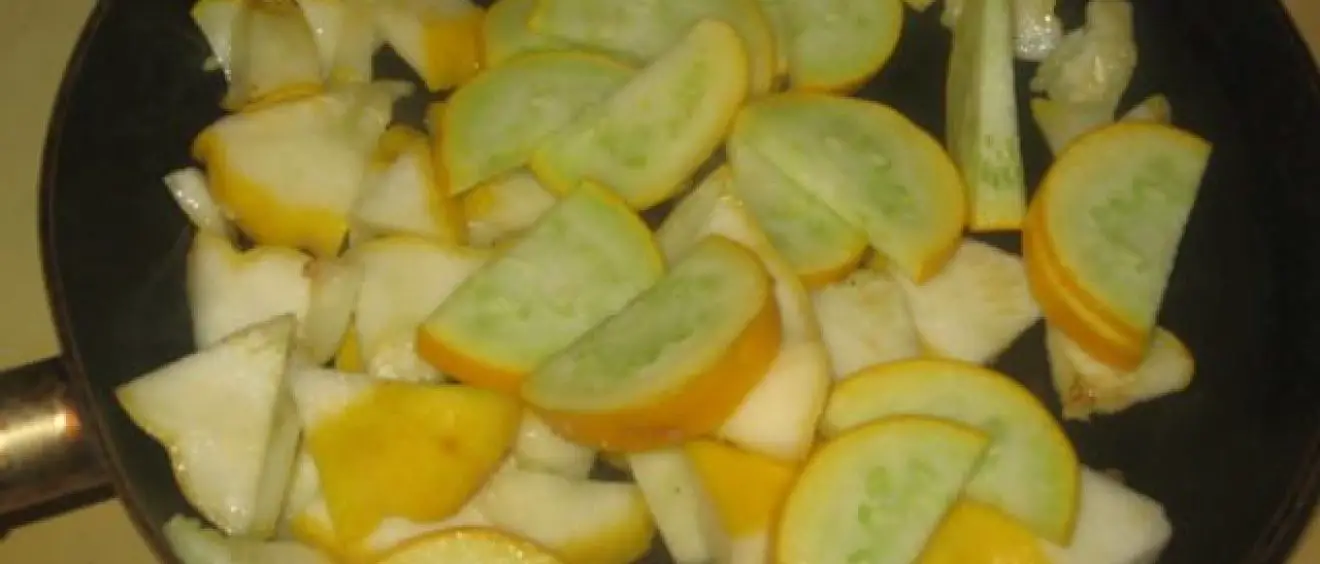
Disease and Fungal Infections
Diseases and fungal infections can also contribute to the appearance of green inside yellow squash. Various diseases, such as powdery mildew or bacterial wilt, can affect the development of the squash plant, resulting in abnormal coloring. Fungal infections may cause green patches or spots inside the squash. Identifying and treating these ailments early on is crucial to prevent further damage and promote the plant’s health. Proper sanitation practices and preventive measures, such as crop rotation and the use of disease-resistant varieties, can help reduce the risk of disease and fungal infections in your squash plants.
Maturity of the Squash
Harvesting yellow squash at the appropriate maturity stage is essential to ensure optimal flavor and texture, as well as to avoid green interiors. When squash is harvested too early, it may not have had the chance to fully develop and ripen. Immature harvesting can result in green flesh and a less sweet taste. On the other hand, waiting too long to harvest can lead to overripe squash with a tougher texture and reduced flavor. It’s important to learn to recognize the signs of proper maturity for the specific variety of squash you are growing and harvest accordingly. Storing harvested squash properly is also crucial to maintain its quality and prevent premature spoilage.
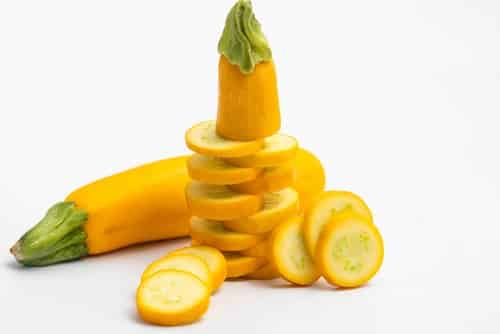
Cooking Methods
The cooking method used for yellow squash can also impact its color. Certain cooking techniques, such as boiling or steaming, can cause the squash to lose some of its vibrant yellow color and appear slightly greenish. This color change is temporary and doesn’t indicate any problems with the squash itself. If maintaining the yellow color is important to you, consider using cooking methods that preserve the squash’s original color, such as roasting or grilling.
Preventive Measures
To minimize the chances of encountering green inside yellow squash, there are several preventive measures you can take. Using insecticides and fungicides in a safe and responsible manner can help control pests and diseases that can cause color variations. Additionally, selecting and planting squash varieties that are known for their resistance to pests and diseases can reduce the risk of encountering issues. Practicing crop rotation and maintaining soil health can also contribute to preventing pests and diseases. Lastly, providing adequate water and proper fertilization ensures the optimal growth and development of your squash plants.
In conclusion, while it can be surprising to find green inside yellow squash, there are various possible reasons for this occurrence. Understanding the varietal characteristics, the impact of maturity, and the influence of environmental factors, pests, and diseases can help you better manage your squash plants and prevent undesirable color changes. By providing optimal growing conditions and implementing preventive measures, you can enjoy vibrant and flavorful yellow squash with confidence. Happy gardening and cooking!



